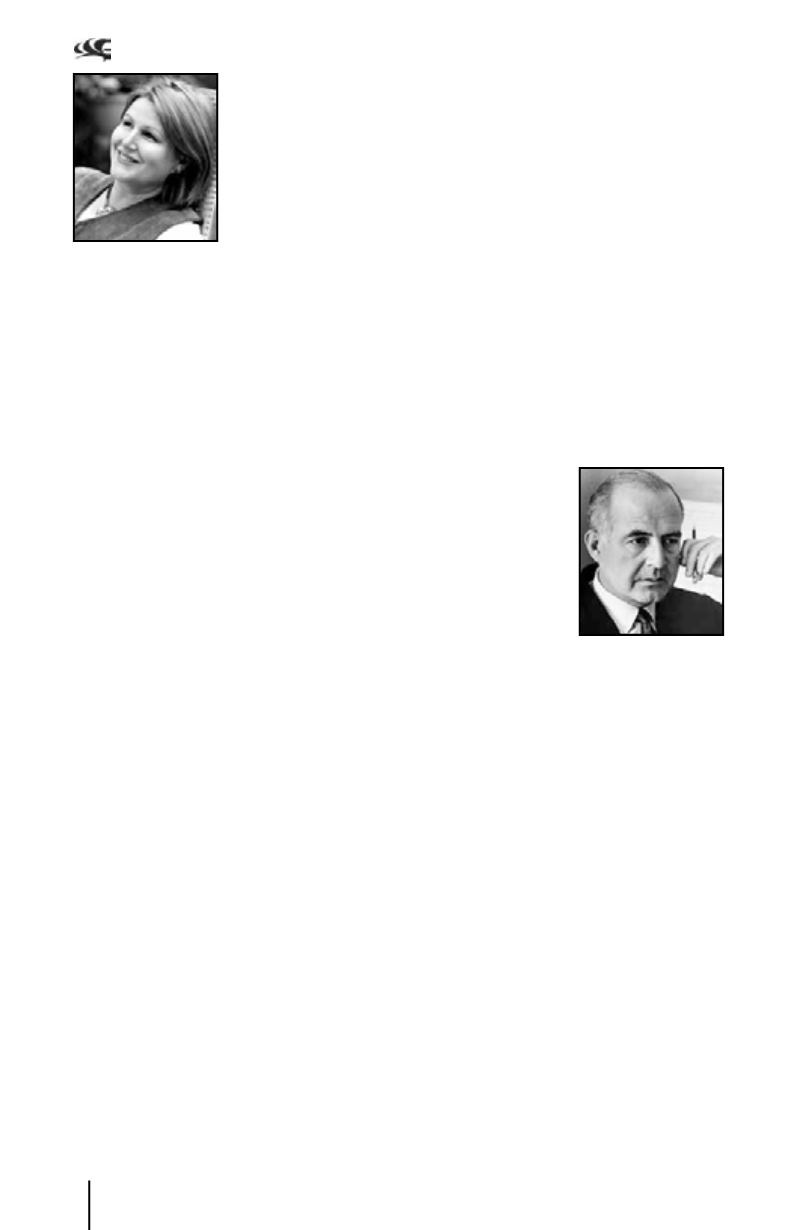
A12 2013 Program Notes, Book 1
Bulgarian born Canadian mezzo-soprano,
Emilia Boteva
studied at the Bulgarian Academy of Music in Sofia. An award
winner at the Svetoslav Obretenov National Competition
in Bulgaria and a finalist in the Toulouse International Vocal
Competition, she made her professional debut at the State
Opera House in Sofia. Now resident in Canada, this past season
has included performances with the Calgary Philharmonic in
Alexander Nevsky, as Mary in Der fliegende Holländer for
Opéra de Montréal, Ulrica in Un ballo in maschera for Opera
Tampa and Filipyevna in Eugene Onegin for the Edmonton Opera. In Europe she
has appeared with the opera companies of Bulgaria, Switzerland, Poland, Portugal,
Spain, Lithuania and Macedonia. Fluent in Italian, English, Russian, French, and
Bulgarian, she has collaborated with important conductors including Maurizio
Barbacini, Gunter Neuhold, and Rizzi Brignoli. Upcoming engagements include
Mary in Der fliegende Holländer for Calgary Opera and the Verdi Requiem for the
Winnipeg Symphony.
Medea’s Meditation and Dance of
Vengeance
,
Op. 23a (1946)
Samuel Barber (1910-1981)
Medea’s Dance calls for piccolo, two flutes, two oboes, English
horn, E-flat, two B-flat and bass clarinets, two bassoons,
contrabassoon, four horns, three trumpets, three trombones,
tuba, timpani, percussion, harp, piano and strings. Performance
time is thirteen minutes. The Grant Park Orchestra first performed
this work on June 24, 1959, with Milton Kamis conducting.
Samuel Barber had throughout his life a deep love of great literature. His first important
composition, written when he was only 22 and just graduating from the Curtis Institute
in Philadelphia, was the sparkling Overture to “The School for Scandal,” suggested
by Sheridan’s comedy. His catalog also holds compositions inspired by the writings
of Shelley, James Agee, Emily Dickinson, William Butler Yeats, James Joyce and A.E.
Housman. When he received a commission from the Ditson Fund of Columbia University
to create a ballet for Martha Graham, his thoughts turned to one of the most enduring
and powerful stories of world literature, Medea, who killed her own children to spite her
adulterous husband, Jason. According to a note in the score of the suite which Barber
derived from the complete ballet, “Neither Miss Graham nor the composer wished to
use the Medea-Jason legend literally in the ballet. These mythical figures served rather
to project states of jealousy and vengeance which are timeless. The choreography and
music were conceived, as it were, on two time levels, the ancient-mythical and the
contemporary. Medea and Jason first appear as godlike, superhuman figures of the
Greek tragedy. As the tension and conflict between them increase, they step out of their
legendary roles from time to time and become modern man and woman, caught in the
nets of jealousy and destructive love; and at the end resume their mythical quality. In
both dancing and music, archaic idioms are used. Medea, in her final scene after the
dénouement, becomes once more the descendant of the sun.”
Miss Graham’s company provided the following synopsis of the ballet’s action for
its early performances: “In Greek mythology, Medea was the Princess of Colchis and
Friday, June 14 and Saturday, June 15, 2013


